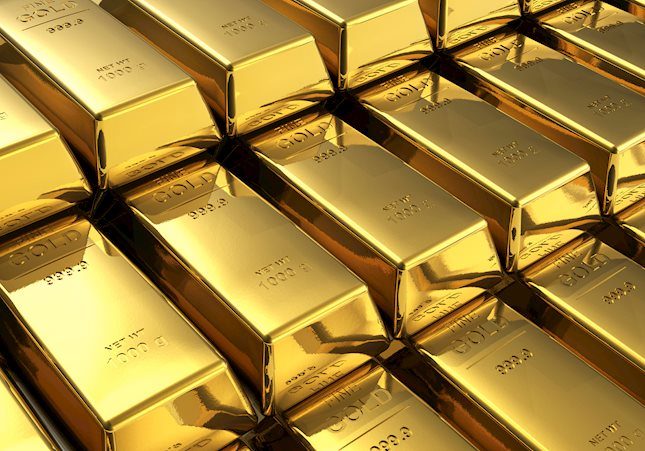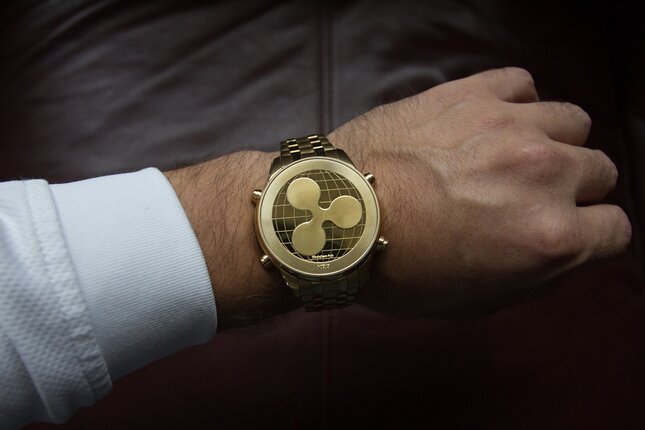- The average weekly earnings excluding bonuses are expected to accelerate to 2.9% y/y in three months to March while still rising above 2.5% inflation.
- On the other hand, the average weekly earnings including bonuses are decelerating to 2.7% y/y.
- The UK unemployment rate is expected to remain steady at 4.2%, the lowest level since 1975.
- With UK wages rising well above inflation rate the GBP/USD is set to rebound higher after the recent selloff.
The UK average weekly earnings excluding bonuses are expected to accelerate to 2.9% over the year in three months to March while wages including bonuses are seen rising 2.6% over the year, the Office for National Statistics is likely to say on Tuesday. The average weekly earnings both excluding and including bonuses rose 2.8% over the year in the previous period while coming out slightly below expectations in three month period to February.
The unemployment rate is expected to remain steady at 4.2% stuck to the lowest level since 1975. The claimant count is expected to rise 7.5K in April compared with 11.6K in the previous month.
Should market expectations prove correct and the average wage growth excluding bonuses will rise further towards 3.0% annual growth and the unemployment remaining steady, Sterling should be well supported after the recent streak of falling lower.
While the previous month’s labor market report for the UK served as an initial reason to sell the GBP/USD with further macroeconomic data releases missing the expectations and the Bank of England Governor Mark Carney’s dovish comments, now the wage growth of well above 2.5% inflation rate is seen as a reason for GBP/USD to rebound.
Regarding the interest rate outlook, the Bank of England Governor Mark Carney noted during the press conference after releasing May Inflation report last Thursday that the 3.0%-3.5% wage growth is still consistent with its outlook for very gradual and limited monetary policy normalization in the environment of persistent Brexit-related uncertainty.
That was also confirmed by the comments of drivers of the UK inflation that are expected to increasingly shift from external factors like the Brexit-related Sterling’s depreciation to more domestically driven factors including tight labor market conditions and rising wages.
Fundamentally, the rising wages a factor that the Bank of England is already counting with as it expects inflation-adjusted wages to support the UK consumer spending. The period of negative inflation-adjusted wages stated in January last year was continuously weighing on UK shoppers until last month’s wage growth accelerated to 2.8% y/y while inflation decelerated to 2.5% y/y.
Note: All information on this page is subject to change. The use of this website constitutes acceptance of our user agreement. Please read our privacy policy and legal disclaimer. Opinions expressed at FXstreet.com are those of the individual authors and do not necessarily represent the opinion of FXstreet.com or its management. Risk Disclosure: Trading foreign exchange on margin carries a high level of risk, and may not be suitable for all investors. The high degree of leverage can work against you as well as for you. Before deciding to invest in foreign exchange you should carefully consider your investment objectives, level of experience, and risk appetite. The possibility exists that you could sustain a loss of some or all of your initial investment and therefore you should not invest money that you cannot afford to lose. You should be aware of all the risks associated with foreign exchange trading, and seek advice from an independent financial advisor if you have any doubts.
Recommended Content
Editors’ Picks

EUR/USD clings to strong daily gains near 1.0400
EUR/USD remains on track to post strong gains despite retreating from the session high it set above 1.0430. The positive shift in risk mood, as reflected by the bullish action seen in Wall Street, forces the US Dollar to stay on the back foot and helps the pair hold its ground.

GBP/USD surges above 1.2500 as risk flows dominate
GBP/USD extends its recovery from the multi-month low it set in the previous week and trades above 1.2500. The improving market sentiment on easing concerns over Trump tariffs fuelling inflation makes it difficult for the US Dollar (USD) to find demand and allows the pair to stretch higher.

Gold price holds firm despite higher US Treasury yields
Gold prices remained flat at the beginning of the week even though the Greenback is getting battered. Higher United States Treasury bond yields kept the non-yielding metal pressured while US President-elect Donald Trump grabbed the headlines amid confusion on his tariff plans.

Ripple's XRP eyes massive rally following spike in key on-chain metric
Ripple's XRP trades near $2.40, up 1% on Monday following a 40% surge in its futures open interest. The surge could help the remittance-based token overcome the key resistance of a bullish pennant pattern.

Five fundamentals for the week: Nonfarm Payrolls to keep traders on edge in first full week of 2025 Premium
Did the US economy enjoy a strong finish to 2024? That is the question in the first full week of trading in 2025. The all-important NFP stand out, but a look at the Federal Reserve and the Chinese economy is also of interest.

Best Forex Brokers with Low Spreads
VERIFIED Low spreads are crucial for reducing trading costs. Explore top Forex brokers offering competitive spreads and high leverage. Compare options for EUR/USD, GBP/USD, USD/JPY, and Gold.
